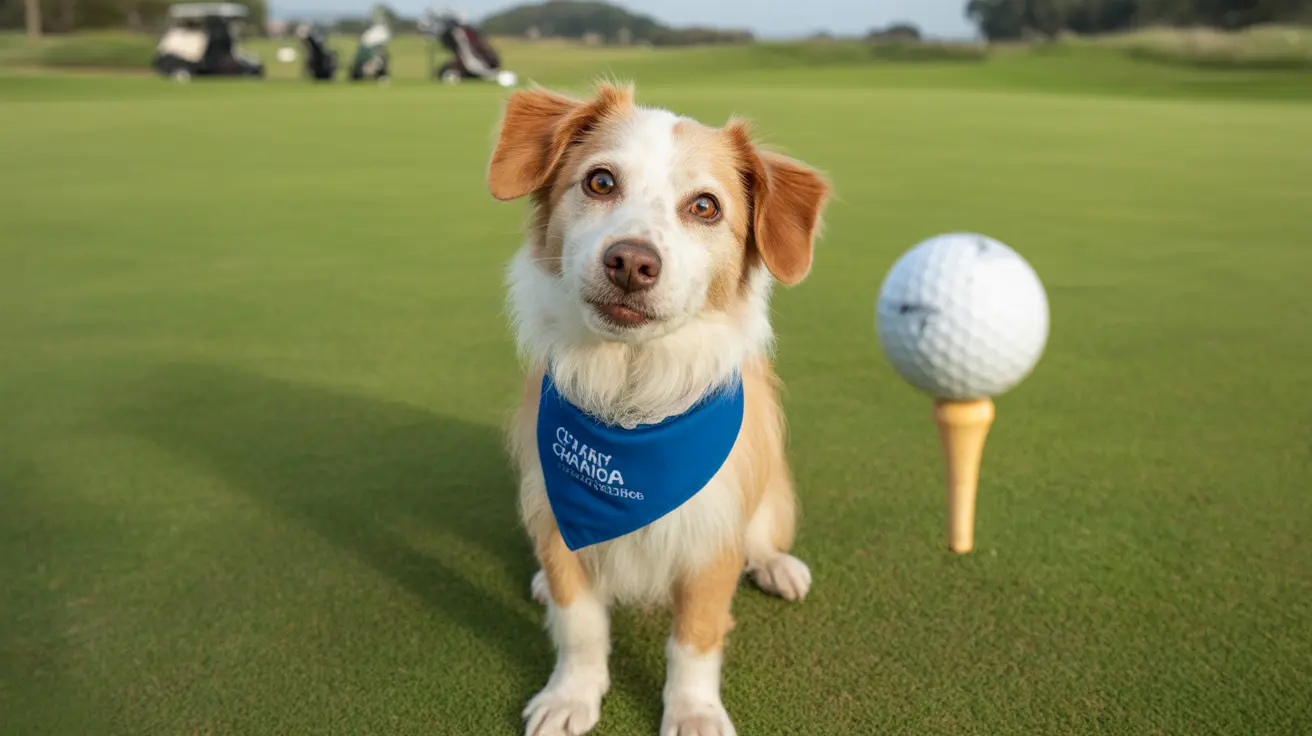How to Treat Your Dog's Red Paws Between the Toes
Red, swollen paws in dogs—particularly between the toes—are often a symptom of pododermatitis, an inflammatory condition with various causes. Left untreated, this problem can cause substantial discomfort and even pain for your dog. Here’s a comprehensive guide to recognizing, diagnosing, treating, and preventing red paws between your dog’s toes.
Common Symptoms of Pododermatitis
- Red, inflamed skin between or around the toes
- Excessive licking, chewing, or biting at feet
- Brown discoloration of fur from saliva
- Hair loss between digits or on paw pads
- Sores, scabs, or ulcerations
- Discharge that may be clear, yellow, or pus-like
- Unpleasant odor from paws
- Limping or sensitivity when paws are touched
Common Causes
- Allergies: Environmental and food allergens like pollen, grass, mold, dust mites, and diet ingredients can lead to red, itchy paws.
- Infections: Bacterial, fungal, or yeast overgrowth often develops in warm, moist areas between toes, especially if the skin is already compromised.
- Parasites: Fleas, mites (e.g., Demodex, Sarcoptes), and ticks may cause irritation and inflammation.
- Injuries: Cuts, abrasions, or foreign bodies embedded in the paw pads cause redness and pain.
- Poor hygiene: Moisture retention and lack of cleanliness create a breeding ground for pathogens.
- Autoimmune diseases: Conditions like pemphigus foliaceus or lupus can manifest through blistering or crusting of paw skin.
- Hormonal imbalances: Issues like hypothyroidism and Cushing’s disease may influence skin health.
- Tumors or growths: Cysts or cancers in interdigital areas can cause persistent swelling or discomfort.
- Excessive physical activity: Long walks or running on harsh surfaces can inflame paw tissue.
- Breed traits: Bulldogs, Dachshunds, Golden Retrievers, and Shar-Peis are particularly predisposed.
- Behavioral problems: Anxiety or stress may result in compulsive licking or foot chewing.
Treatment Options
Treatment should be based on a veterinary diagnosis and tailored to the root cause. General options include:
- Topical therapies: Medicated washes, creams, wipes, or antiseptic foot soaks.
- Oral medications: Antibiotics for bacterial infections, antifungals for yeast, or antiparasitics if a parasite is involved.
- Anti-inflammatory drugs: Corticosteroids or medications like Apoquel or Cytopoint for allergic inflammation.
- Dietary adjustments: Hypoallergenic or elimination diets to uncover food allergies.
- Surgical intervention: Removal of embedded objects or masses if needed.
- Paw care: Keeping feet clean and dry, using protective balms or booties in extreme weather.
- Preventive measures: Regular grooming, nail trims, and parasite control.
- Behavioral modification: Enrichment and anxiety management if obsessive licking is present.
- Use of cones: Elizabethan collars to prevent self-trauma.
Home Remedies and Care
Some gentle home remedies may provide initial relief but should not replace veterinary care:
- Diluted apple cider vinegar soaks (ensure there's no broken skin)
- Oatmeal baths for soothing irritation
- Cool compresses to reduce inflammation
When to Seek Veterinary Help
- Persistent redness, swelling, or limping
- Pain, excessive licking, or reluctance to walk
- Observable sores, pus, or serious odor
- No improvement with home care within 2–3 days
Prevention Tips
- Check your dog’s paws regularly
- Trim paw hair and nails consistently
- Dry feet thoroughly after walks, rain, or swimming
- Use protective booties in snow, salt, or rough terrain
- Control allergies and parasites proactively
Early detection and a proactive approach ensure your dog remains happy, healthy, and paw-pain free. When in doubt, consult with a licensed veterinarian for the best path forward.





